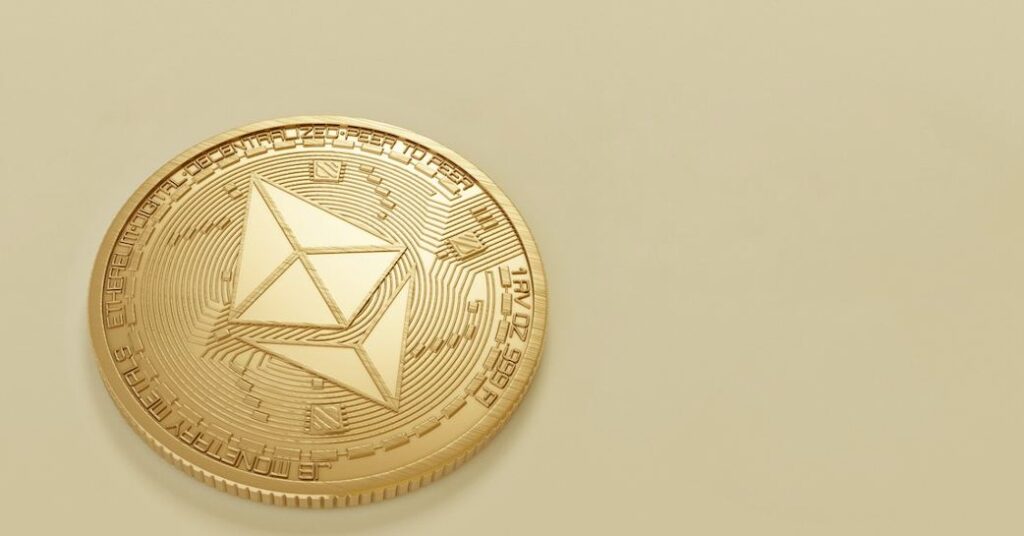What is Polygon (MATIC) and how does it work?
3 min read
Ethereum is one of the most widely-used and active blockchains today, thanks to its support for smart contracts and DeFi. Unfortunately, though, the demand placed on Ethereum’s blockchain has become so high that it can no longer keep up with the usage. This is where Polygon comes into play. It is a layer 2 solution designed to help reduce strain on ETH by allowing users to access their favourite apps without straining resources. In this article, we’ll explain how Polygon works. Users should be aware of some interesting facts concerning Bitcoin, and they can click this link for more information.
What is Polygon?
Polygon is a revolutionary layer 2 frameworks designed to maximize the scalability of the Ethereum blockchain. This advanced technology enables developers to form interconnected networks of blockchains, also known as “Ethereum’s Internet of blockchains”. Through this infrastructure, users can efficiently process transaction elements and propel the potential power behind decentralized applications.
By using the Polygon SDK, developers can easily build their own independent blockchain while still taking advantage of Ethereum’s established benefits and interoperability. This ground-breaking technology offers unparalleled flexibility to those looking for an alternative way to launch a project without sacrificing existing Ethereum technology.
Polygon has its own sidechain, the Polygon Network, which is designed to provide numerous benefits for users of the Ethereum blockchain. These include faster transaction speeds and reduced gas fees.
About MATIC
The Polygon Network is home to its own native token known as MATIC. On top of granting network governance, users can pay gas fees with this digital asset. Additionally, staking your MATIC tokens allows you to secure the Polygon Mainnet and potentially earn block rewards or passive income within the process. Originally launched in 2017 under the name Matic Network and rebranded in 2021 to become Polygon, their token remains identified by it’s original name, MATIC.
How does Polygon work?
Polygon is designed to create a connected ecosystem where blockchains are linked, allowing digital products to interact with each other directly without the need for intermediaries. The idea behind this effort is to bring together disparate decentralised components into one single system that can work in harmony.
To do this, they apply a number of protocols :
- Plasma Chains: Polygon has incorporated scaling technology, known as plasma chains to facilitate the transfer of assets and tokens between their mainchain and various sidechains. This Plasma bridge increases the interoperability among all applications that have been built on Polygon’s platform, enabling for a wider range of usability.
- Optimistic Rollups: Polygon offers an efficient way to speed up transactions known as ‘rollups’. With this method, the validity of a transaction is checked and processed off-chain, allowing for immediate processing on the main Ethereum chain. As a result, users benefit from quick and secure transactions.
- Proof of Stake: To ensure the security of Polygon’s main chain, their PoS validation system relies on validators to power and verify blocks. In return for running said nodes, they receive rewards in MATIC tokens. If you can’t or don’t wish to stake enough tokens yourself, delegating your share to an active validator is another way you can participate – though it does entitle them to a portion of whatever rewards are earned as well.
Future of Polygon (MATIC)
With Polygon’s established name in facilitating access to NFTs, they have launched a subsidiary called Polygon Studios which will concentrate on developing innovative technologies and platforms within the gaming and Non-Fungible Token space. As such, it is positioning itself as a frontrunner of this industry.
Though the importance of side chains and rollups to Ethereum’s future remains unclear, Ethereum is positioned for more scalability and efficiency with its recent Merge transition to Proof of Stake. As developments in technology continue, transactions on the network will only become more efficient as it serves more users.




